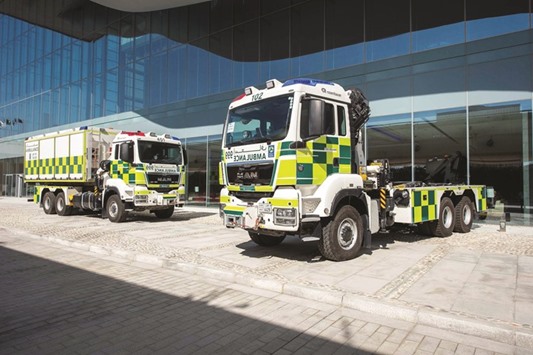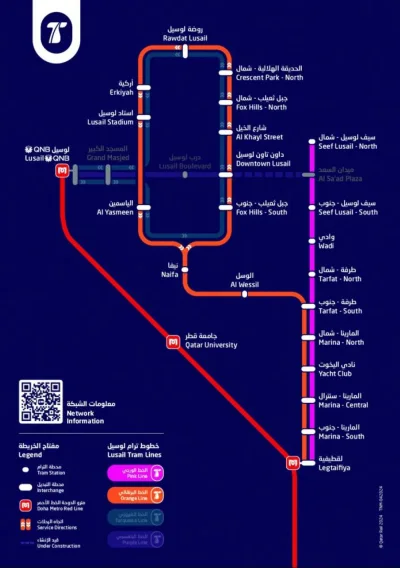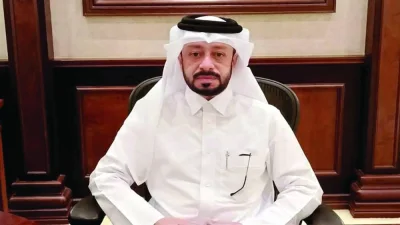These new vehicles join part of the overall HMCAS fleet, which includes more than 160 ambulances, 20 rapid response vehicles and three helicopters responding to more than 100,000 emergency medical calls each year.
Making use of specially-designed rapidly deployable containers, these vehicles are equipped with all the necessary requirements to deal with a major incident in their three type configurations, namely: medical, decontamination and logistics.

The patient treatment tent
These units would be deployed by the Specialised Emergency Management team within HMCAS to provide emergency medical support. The medical vehicle contains all the resources to create a temporary field treatment area with a variety of air conditioned tents in which patients can be treated according to their clinical acuity.
The units are staffed by specially trained crew who will rapidly deploy all the necessary shelters and equipment in preparation for the treatment and stabilisation of patients by Ambulance Paramedics and Critical Care Paramedics prior to transferring them to one of HMC Emergency Departments. The medical decontamination unit enables clinical teams to support other emergency response agencies in the event of a major incident involving a hazardous material.
The aim is to deploy these vehicles to major incidents involving multiple casualties to assist Emergency Departments with surge capacity and decontamination, as well as to any large scale event where there are more than 25,000 people. In addition, a set of trucks will be stationed at Hamad International Airport in preparedness for any major aircraft or ground emergency at the airport or offsite. The other units are stationed around the country, in keeping with the hub and spoke model, so they are available if required.
Brendon Morris, executive director of the Ambulance Service, said: “We believe these vehicles position us well, if a large-scale adverse event occurs. This is all part of the national strategic effort to ensure the country is prepared for a major incident of any kind.In the event of a major incident, the Ambulance Service would provide emergency medical support as part of a multi-agency response team.”
“In the event of a major incident, the Ambulance Service specialised team will be activated. Each container type has a variety of resources inside – they have been designed to maximise the available space and are unique in the volume of supplies they can hold. For example the medical container holds three large patient treatment tents, each air-conditioned and equipped with electrical power and lighting; a range of medical supplies, such as ventilation units, portable oxygen, medical kits, stretchers, as well as refrigerators, solar power paneling and a generator with a fuel tank that can be refilled. This means the containers can stay on the site of a major incident for as long as they are required, with these sustainable power sources.”



